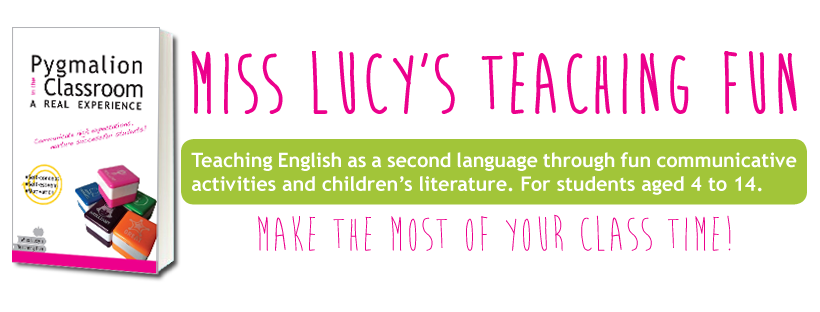Summertime is perfect for books. I remember when I was in high school I had to read many classics, sometimes a little boring, that were going to be meticulously studied during the following school year.
We didn't have many options to pick from. Nowadays things have significantly improved, very much thanks to technology and pedagogic enhancements. We are aware that not all teenagers are eager readers and that we can meet those who are not halfway by proposing a more engaging version of the classic novel, such as a comic.
The publishing house Heinle Cengage Learning (National Geographic) has a collection called Classical Comics especially designed for ELT students. I don't know, maybe if it's my impression, but I've noticed that most students (even the most difficult to engage) react in a very positive and unexpected way when I tell them they are going to read a comic.
I suppose that direct speech (the dialogues are graded) and attractive comic strips are more entertaining and easier to understand than a stack of words on a piece of paper. Also, the characters are more recognizable. For example in Great Expectations, that's the book I got, there are at least 24 characters and, let's face it, it's difficult even for an adult to remember who is who all the time, especially when you get to those complicated parts where many names appear and you start to get really lost in the mist while you can't help falling asleep.
Well, in these ELT graphic novels you'll find a full descriptions of the main characters with pictures to help students follow the story and also, a glossary to support students while they read. The language used is for intermediate learners, levels B1 and B2. There's a short biography of the author and, of course, audio CDs to provide a complete reading experience that will allow students to improve their listening and speaking skills too.
Give it a try! Get your students to love reading!
Great Expectations worksheets here.
Quiero leer este post en español
Lucy dedicates a lot of time and love to thinking about and writing the posts she shares with all of you. Because she believes that a better teaching is the key for a better future. If you find any help, value or joy in this blog, please consider becoming a supporting reader. A donation, in any amount, will be gratefully accepted.




We didn't have many options to pick from. Nowadays things have significantly improved, very much thanks to technology and pedagogic enhancements. We are aware that not all teenagers are eager readers and that we can meet those who are not halfway by proposing a more engaging version of the classic novel, such as a comic.
The publishing house Heinle Cengage Learning (National Geographic) has a collection called Classical Comics especially designed for ELT students. I don't know, maybe if it's my impression, but I've noticed that most students (even the most difficult to engage) react in a very positive and unexpected way when I tell them they are going to read a comic.
I suppose that direct speech (the dialogues are graded) and attractive comic strips are more entertaining and easier to understand than a stack of words on a piece of paper. Also, the characters are more recognizable. For example in Great Expectations, that's the book I got, there are at least 24 characters and, let's face it, it's difficult even for an adult to remember who is who all the time, especially when you get to those complicated parts where many names appear and you start to get really lost in the mist while you can't help falling asleep.
Well, in these ELT graphic novels you'll find a full descriptions of the main characters with pictures to help students follow the story and also, a glossary to support students while they read. The language used is for intermediate learners, levels B1 and B2. There's a short biography of the author and, of course, audio CDs to provide a complete reading experience that will allow students to improve their listening and speaking skills too.
Give it a try! Get your students to love reading!
Great Expectations worksheets here.
Quiero leer este post en español
Lucy dedicates a lot of time and love to thinking about and writing the posts she shares with all of you. Because she believes that a better teaching is the key for a better future. If you find any help, value or joy in this blog, please consider becoming a supporting reader. A donation, in any amount, will be gratefully accepted.



















